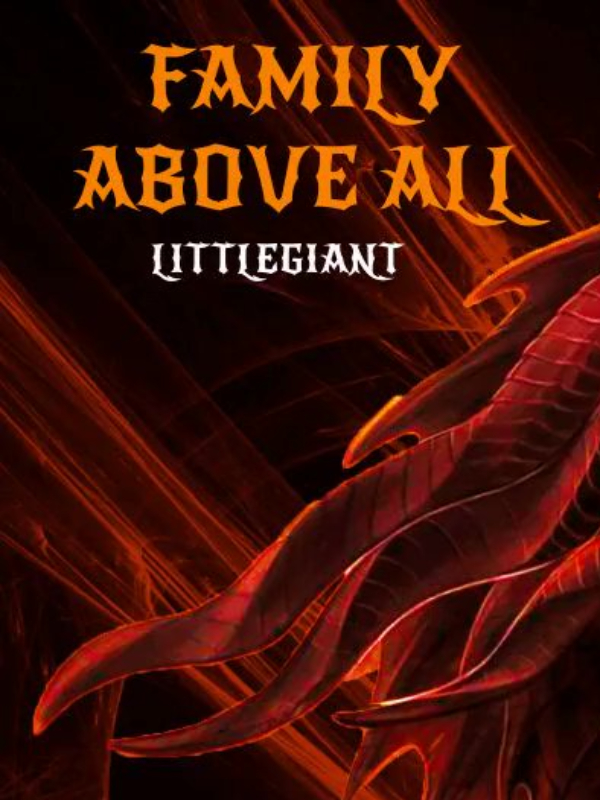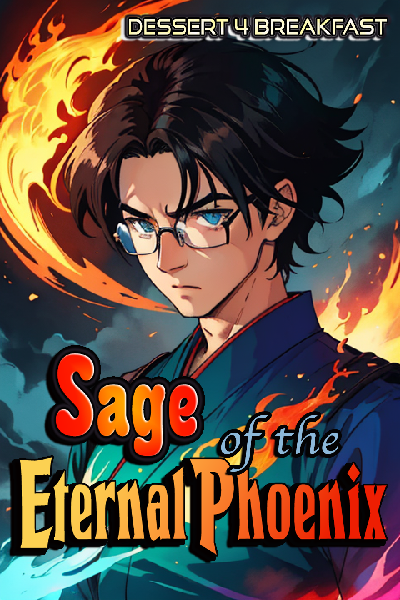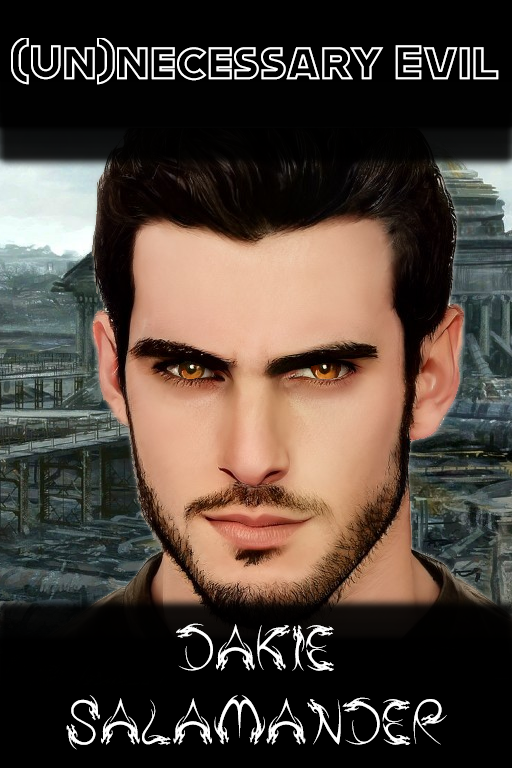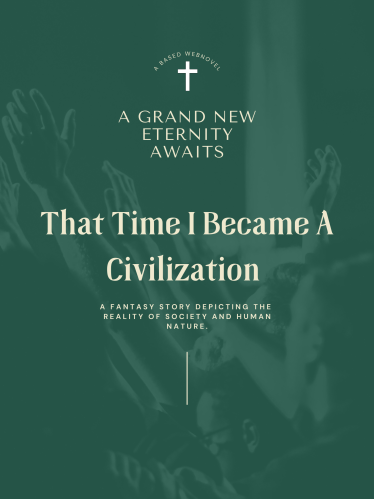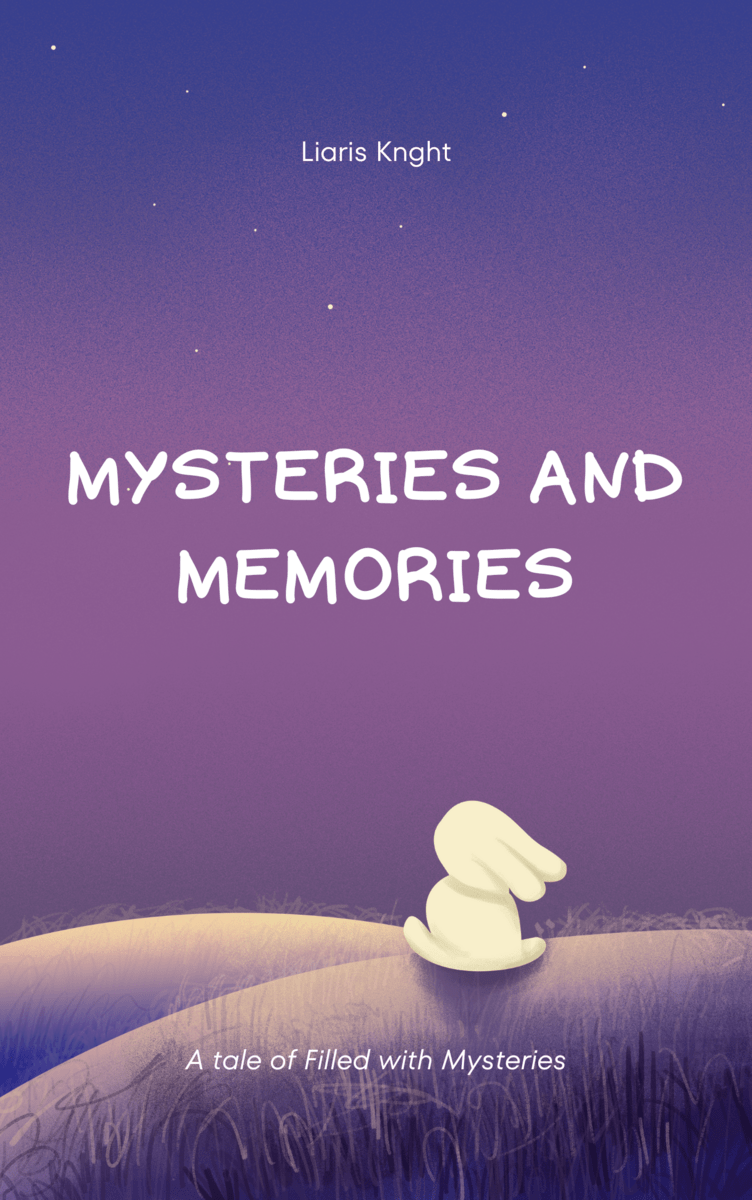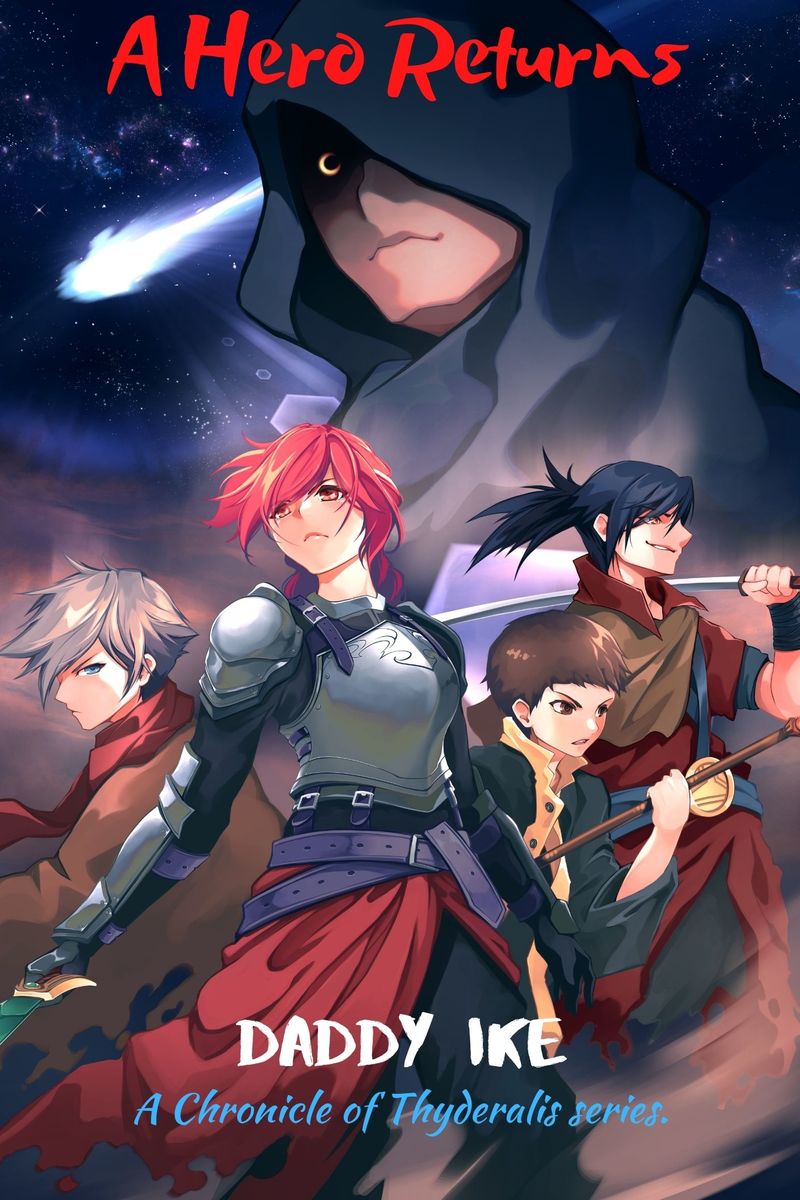This is provided because some have asked how the various Fairy dialogs in the story are pronounced. I recommend you to skip this if you don’t care.
Note that a second appendix will follow this one, which presents the same information in table form. Probably only the real language nerds will be interested in the rest of this one, so skip this and go there if you would rather have the table version.
Apostrophe
First, a quick note on the apostrophe. It is not pronounced. It is used only to distinguish a syllable beginning letter from a syllable ending letter, when both words exist. For example, “Han’in” (Dad, or Papa. Informal word for Father) has a different meaning and slightly different. pronunciation than “Ha’nin” (Active, or In Motion)
Vowels
The vowels A,I,E and O are the ‘Primary Vowels’. Without diacritical marks, they are pronounced roughly the same as in Italian or Castilian Spanish. Diacritical marks “Broaden”, “Raise” or “Lower” these vowels or turn them into “Quasi-consonants”.
Note that two more Vowels are used, Y and U. These are actually the “Broadened” versions of I and E. These letters are used instead of Î and Ê because the sounds they represent are too different from the normal pronunciations of I and E for the modified letters to make sense.
Vowel Diacritics:
The vowels can be “Broadened”, “Raised” or “Lowered”. These will be explained below. Two vowels can also become “Quasi-consonants”. All these cases are marked with diacritic marks.
Quasi-consonants
The “Quasi-consonants” are “Ë” and “Ö”. These are in reality syllables are being reduced (‘elided’) to act like the English consonants ‘Y’ and ‘W’. Thus, Ëo is pronounced “Yo” and Öé is pronounced “Way”.
There are four special cases of further elision to be aware of, when using the letter “Ë”.
Së becomes like English Sh.
Të is roughly like English Ch (it is slightly different, technically, but an English speaker would hear it as the same. For Të, one should try to say “Ty”, forcing the sounds together so that Tëan does not sound like “tee on” without making it sound like “chawn”.)
Zë is roughly like Z in English “azure” or S in English “measure”.
Dë is the J in English “juniper” or G in English “giant”.
Broadened Vowels
These are marked with a circumflex. They are stretched, with the lips closed a bit.
Ô is a longer version of O. It is the “oe” in the English words “toe” or ‘roe’ (the simple ‘o’ is similar but shorter, like in the English words “tote” or “rote”)
Y (î) is the ‘short’ double o in the English words “look” or “book” or the eu in the French world “bleu”
U (ê) is the ‘long’ u in the English words “glue” or “blue” or the ‘long’ double o in the English words “shoo” or “moot”
 is the ‘ow’ in ‘cow’ or ‘town’
Raised Vowels
These are marked with a forward or ‘acute’ accent. They are ended with a slight ‘I’ vowel (The sound of “ee” in English “feet” or “teeth”) in the same way as English uses ‘Y’ to mark similar sounds.
Ó is “Oy”
Í is a longer version of I. In some cases, it becomes nearly two syllables. (Tír, meaning ‘Valley’ sounds like “Tee-er”, or like one of my Minnesotan relatives saying the word “tier” or “clear”.)
É sounds like the “ay” in “say” or “ray”
Á sounds like the ‘long I’ sound, like in “time” or “side”
Lowered Vowels
These are marked with a backward or ‘grave’ accent. They are reduced to very simple sounds.
È is the sound of ‘i’ in ‘pit’ or ‘sit’. In unstressed vowels, it becomes the ‘schwa’ sound ə. It effectively disappears at the end of a word, thus the name “Deharè” sounds almost like it is spelled “Dehar” (but distinct in Fairy pronunciation because the syllable beginning r in rè is strong and trilled, whereas a syllable-ending r is weak and non-trilled. See below.)
À is the sound of ‘u’ in “but” or “rut”. In unstressed vowels, it becomes the ‘schwa’ sound ə.
There is no lowered “Ì” or “Ò” (but English speakers will probably think the lowered È should have been a lowered Ì instead. I had my reasons.)
Blended Vowels
Sometimes diphthongs become so well-combined they become additional monophthong vowels. The most common case is ‘ae’, which is properly pronounced “ah-eh”, but more often pronounced ‘a’ as in ‘cat’. The name “Feraen” is usually pronounced “Fair Anne”.
Basic Consonants
These are largely the same as Italian (or similar to Castilian Spanish), with four specific exceptions.
The letter C is always pronounced as in ‘cello’ or the ‘ch’ in ‘chat’, never like the c in ‘cat’. Thus ‘câ’ is pronounced like ‘chow’, not ‘cow’. There is no case in which a ‘Hard’ c (kappa) sound occurs in Fairy.
The letter G is always pronounced like the ng in ‘sing or ‘ring’. A G following a syllable ending -n (in the same word) is pronounced as the ng in “finger” or “anger”. This is the only case in Fairy in which G can have a ‘hard’ gamma sound (like in Get).
If a double D occurs, it is normally the voiced ‘th’ in ‘That’. Also, there is a specific condition discussed below in which it becomes the unvoiced th in ‘Theme’. There is a rule discussed farther down to distinguish which pronunciation to give it.
The fourth exception are the “Coda” consonants.
There are four consonants that can occur at the end of the syllable. It is important to be aware that these ‘coda’ consonants have slightly different execution then the same letters used at the beginning of the syllable
-r at syllable end is a rhotic r (like in General American pronunciation) while at the beginning it is a rolled r.
– l at syllable end is a darker, longer sound that the leading L. Think of the ending sound of the English word ‘Bottle’ (unless pronounced in those UK urban dialects which turn the ‘tt’ into a glottal stop)
-n at syllable end is a nasal pinch (think Japanese or French) rather than the distinct N used at the beginning. In front of ‘b’,’p’,’m’ and ‘v’ it turns into an ‘-m’ sound (the same effect as in the Japanese ‘kampai’ or ‘sempai’.)
A double N is the case of a closing ‘-n’ followed by an opening “N”. It comes out similar to the n’n in the Japanese “Kon’nichiwa”.
-dd at syllable end is unvoiced ‘th’ (like the th in the English names “Seth” or “Beth”) instead of voiced like the word “That”.
Note that the ‘semicodas’ r and l can combine with the ‘true codas’ -n and -dd to form combinations like -rn or -ldd.



